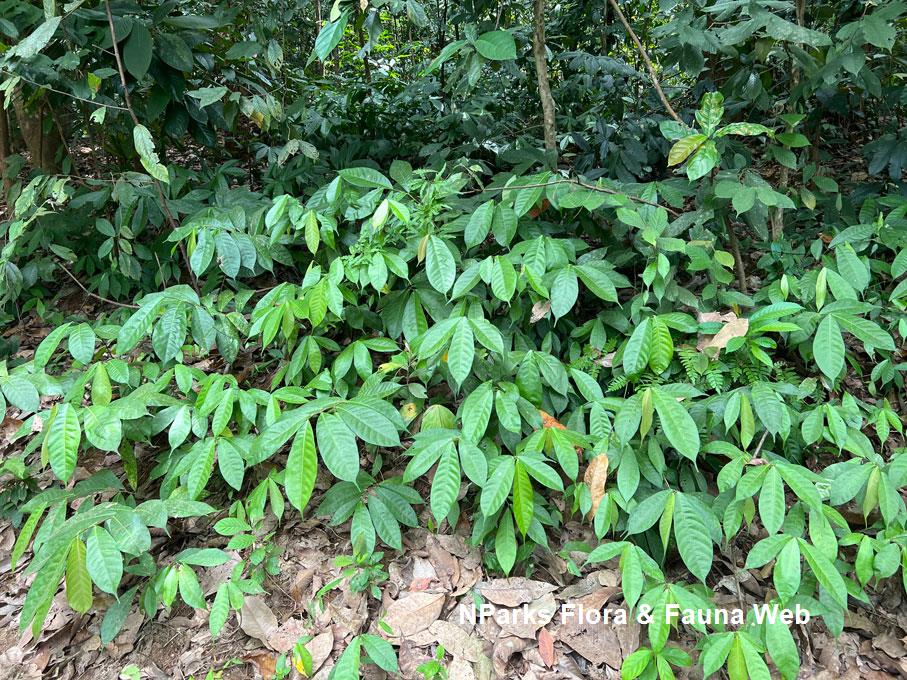
Back
Ficus subulata Blume
| Family Name: | Moraceae |
Ficus subulata is a native shrub or small tree that can grow up to 15 m tall. It produce drooping branches, oval, spoon-shaped, elliptic or elongated, leathery leaves. The figs ripened from yellow, to orange, to red or red-brown when matured. Found below the leaves and along the branches, the figs can be produced singly, in pairs or clustered on spurs.
Name
Classifications and Characteristics
| Plant Division | Angiosperms (Flowering Seed Plants) (Dicotyledon) |
|---|---|
| Plant Growth Form | Tree (Small (6m-15m)), Shrub |
| Lifespan (in Singapore) | Perennial |
| Maximum Height | 15 m |
Biogeography
| Native Distribution | From Sikkim to South China to Thailand, Malesia and the Solomon Islands |
|---|---|
| Native Habitat | Terrestrial (Primary Rainforest, Secondary Rainforest) |
| Preferred Climate Zone | Tropical |
| Local Conservation Status | Native to Singapore (Critically Endangered (CR)) |
Description and Ethnobotany
| Growth Form | It is a shrub or tree with drooping branches that grow to 15 m tall, often with a liana-like habit. |
|---|---|
| Foliage | Leaves are variable, elongated, elliptic, oval to spoon-shaped, somewhat asymmetric, leathery measuring 5 - 35 cm long by 1.5 - 12 cm wide. Margin is smooth, glabrous on both sides of the foliage. The young twigs are thin, often covered sparsely in whitish hairs |
| Flowers | Hundreds of tiny flowers produced within the enclosed structure known as figs (Syconium). |
| Fruit | The figs can be produced along the axils, singly or in pairs or clustered on the spurs below the leaves and along the branches. Most commonly held on spurs (up to 1 cm long), the figs measuring 1-1.5 cm wide, ripen from yellow, to orange, to red or red-brown upon maturity. |
| Habitat | Occurs most commonly along lowland and montane forest, up to 2000m in altitudes. <1> |
| Cultivation | It can be propagated by seed. |
Fauna, Pollination and Dispersal
| Pollination Method(s) | Biotic (Fauna) (, Insects (Ant, Beetle, Fly, Thrip, Wasp)) |
|---|
Plant Care and Propagation
| Light Preference | Full Sun |
|---|---|
| Water Preference | Moderate Water |
| Plant Growth Rate | Moderate to Slow |
| Rootzone Tolerance | Fertile Loamy Soils, Well-Drained Soils |
| Propagation Method | Seed |
Foliar
| Foliage Retention | Evergreen |
|---|---|
| Mature Foliage Colour(s) | Green |
| Mature Foliage Texture(s) | Leathery |
| Foliar Type | Simple / Unifoliate |
| Foliar Arrangement Along Stem | Alternate |
| Foliar Attachment to Stem | Petiolate |
| Foliar Shape(s) | Non-Palm Foliage (Elliptical, Oblong, Obovate, Ovate) |
| Foliar Venation | Recticulate |
| Foliar Margin | Entire |
| Foliar Apex - Tip | Acuminate, Caudate |
| Foliar Base | Oblique / Asymmetrical, Auriculate, Rounded / Obtuse |
Non - Foliar and Storage
| Stem Type & Modification | Woody |
|---|---|
| Root Type | Underground |
Floral (Angiosperm)
| Flower & Plant Sexuality | Bisexual Flowers , Bisexual Flowers |
| Flower Grouping | Cluster / Inflorescence |
|---|
| Flower Location | Cauliflorous |
| Flowering Habit | Polycarpic |
Fruit, Seed and Spore
| Mature Fruit Colour(s) | Red, Brown |
|---|---|
| Fruit Classification | Simple Fruit |
| Fruit Type | Fleshy Fruit , Multiple Syconium (receptacle) |
References
| References | <1> Berg, C.C. & Corner, E.J.H. (2005). Ficus. In: Berg, C.C. & Corner, E.J.H (eds). Moraceae: Ficeae. Flora Malesiana, ser. 1, vol. 17, pt. 2, pp. 290-292. Leiden: Rijksherbarium. |
|---|
Image Repository
Others
| Master ID | 34099 |
|---|---|
| Species ID | 8512 |
| Flora Disclaimer | The information in this website has been compiled from reliable sources, such as reference works on medicinal plants. It is not a substitute for medical advice or treatment and NParks does not purport to provide any medical advice. Readers should always consult his/her physician before using or consuming a plant for medicinal purposes. |

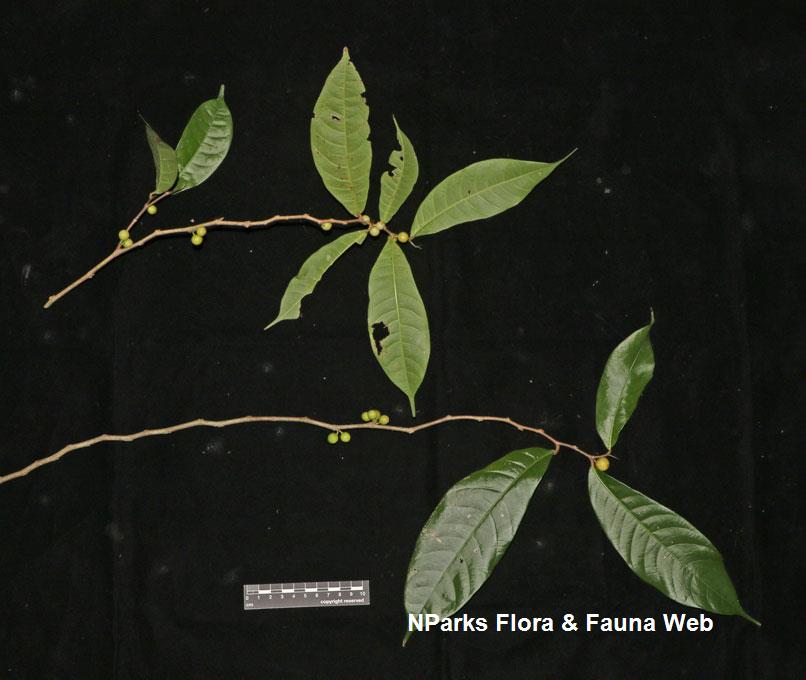
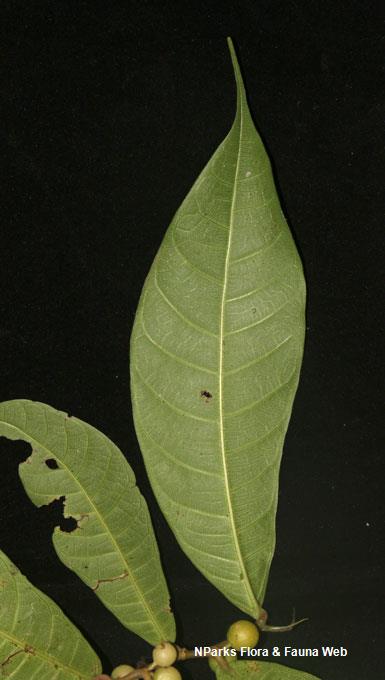
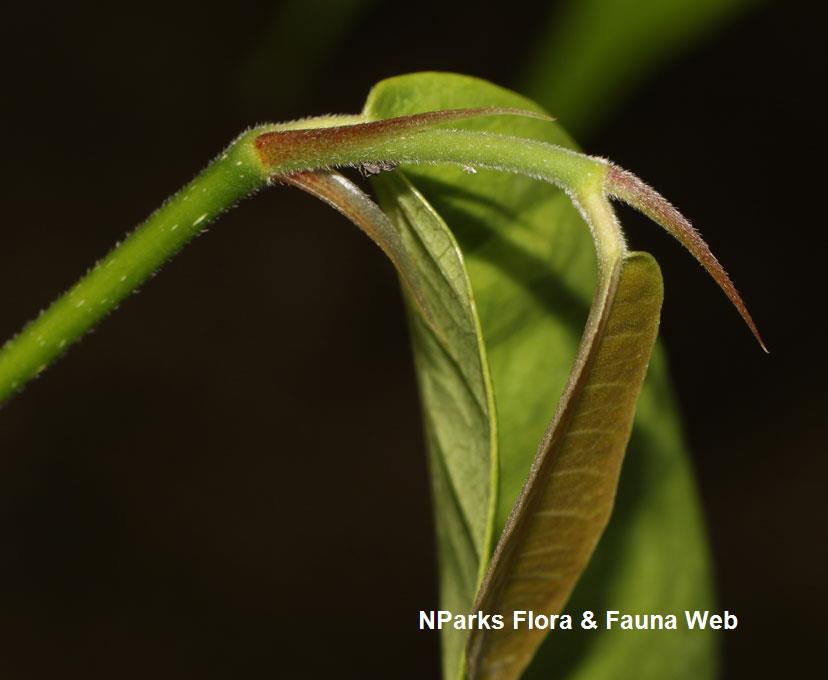
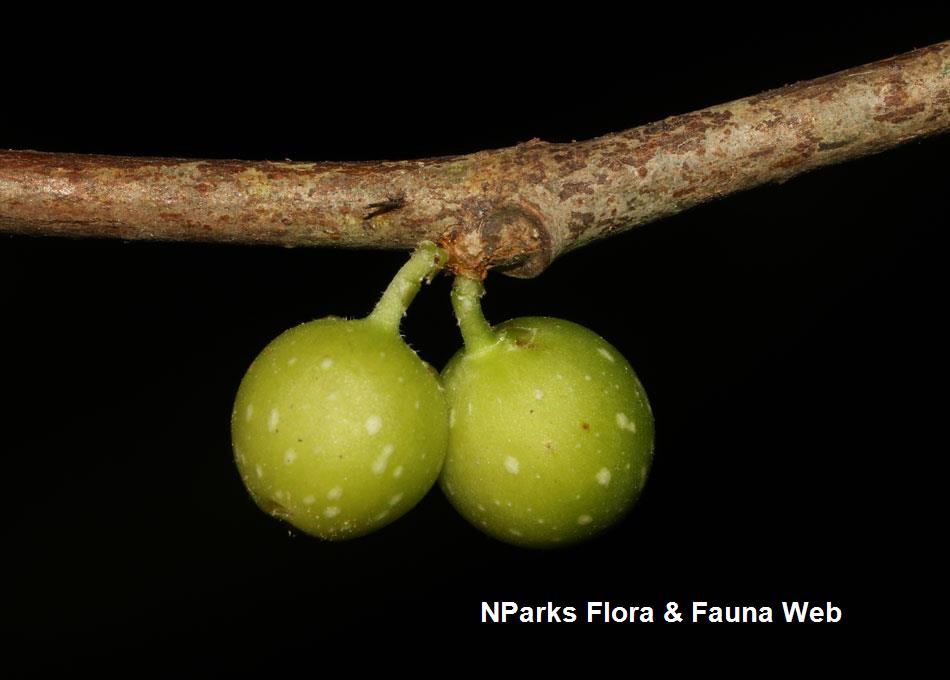
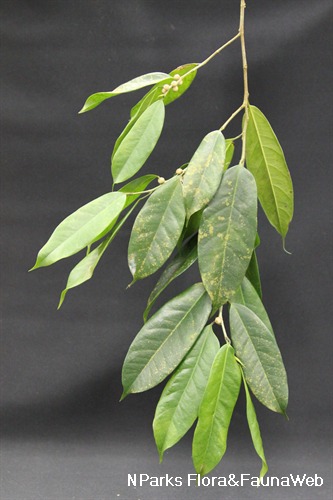
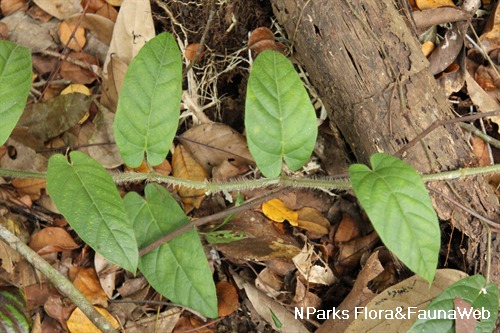
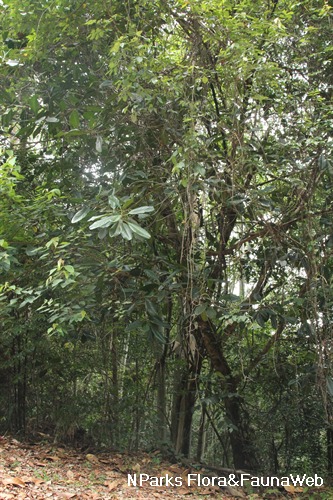
.jpg)